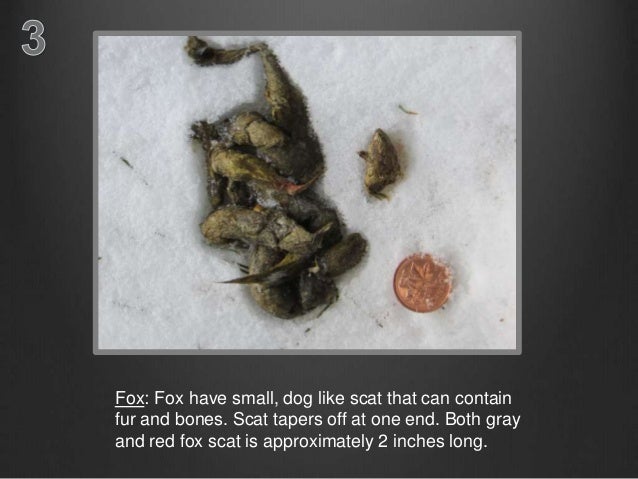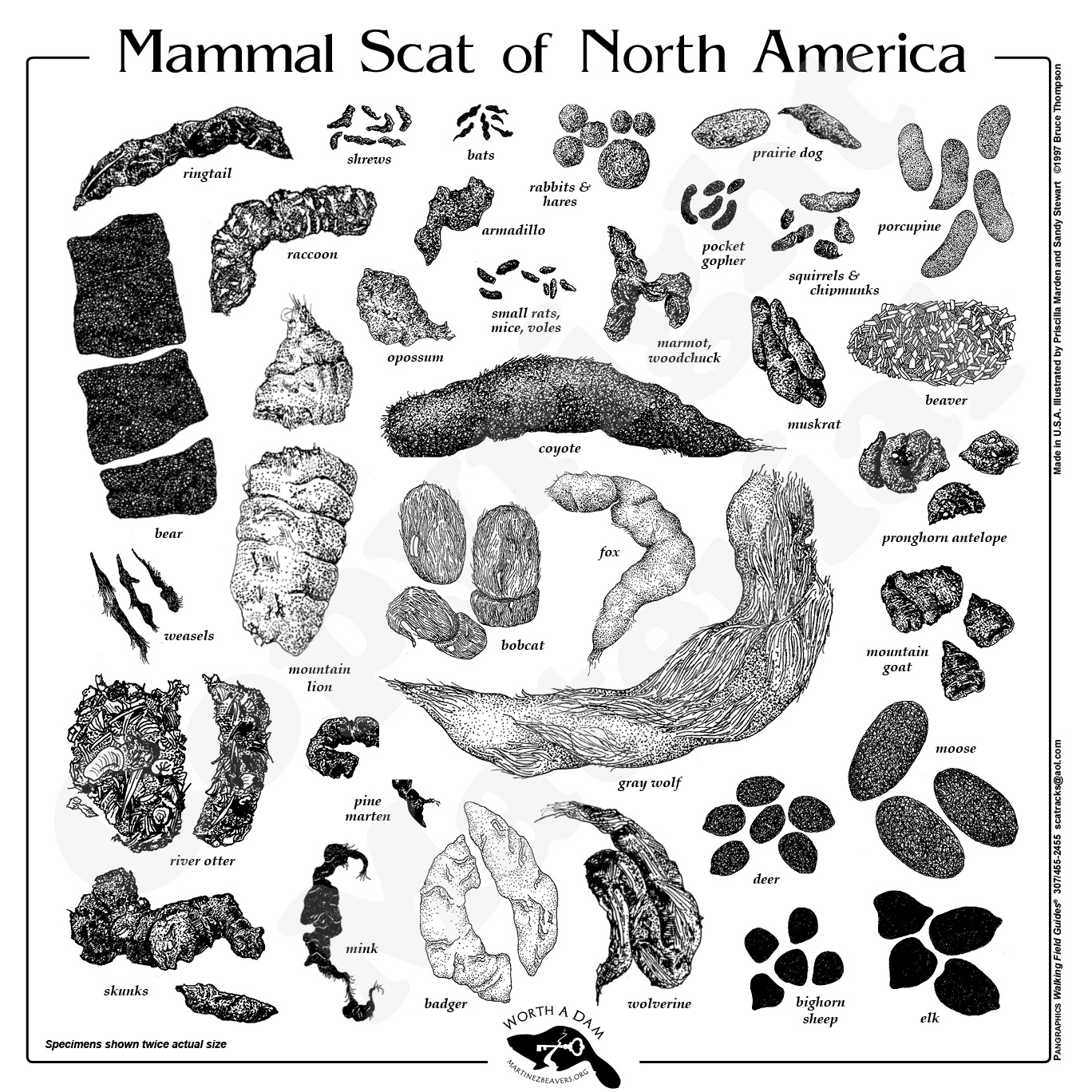
Voice - Piercing scream when threatened throaty howl during breeding season other calls similar to a house cat, such as purr when tending young or growl and hiss when disturbed Status - Abundant / Secure in preferred habitat Seasonal Changes - Coat changes from reddish-brown in summer to grayish-brown in winter weight varies from maximum weight in late spring, early summer to minimum weight in fall and winter remains active throughout year Habitat - Mixed deciduous forests mountainous regions grasslands areas near rocky ledges, swamps, and forested tracts abandoned agricultural areas Blue, the official mascot of the University of Kentucky, can be viewed at the Salato Wildlife Education Center in Frankfort.įood - Eastern cottontail rabbit, mice, shrews, birds such as grouse, opossum, muskrat, eastern fox squirrel, eastern gray squirrel, domestic pets, young white-tailed deer or weakened adult deer, snakes such as corn snakeĬover - Rock ledges, hollow logs, thickets, and stumpsīreeding - Spring, February through March one male mates with several females courtship is preferred around rock ledges and may involve chases, ambushes, and neck grips on female by male makeshift nest of moss and leaves made in sheltered area such as rock crevice or hollow tree A bobcat range is often located by the droppings, or scat, they leave behind. They hunt at night and are seldom seen by people. Bobcats sometimes store, or cache, food by loosely covering it for later. They maintain a social structure by scratching on trees and urine scent markings left in their range. The bobcat may be a host to parasitic roundworms and fleas.įun Facts - Bobcats have a very sharp sense of smell and hearing. Predators of young bobcats include foxes, owls, coyotes, and sometimes adult male bobcats.

Older bobcats establish a home range or territory in which they hunt and reproduce. More than one bobcat may hunt cooperatively. Medium-sized mammals make up the most important part of the bobcat’s diet.

It is also an opportunistic feeder that will prey on whatever is available including fish, reptiles, amphibians, and birds.

(5.89 – 16.78 kg) weightĮcological Role - The bobcat is a top predator in its ecosystem and a keystone species in that its absence would significantly affect the balance of other populations in the food web of that ecosystem. Description - Shape similar to domestic cat but about twice the size yellowish-brown to reddish brown summer coat, gray to light brown winter coat thick, short, soft fur dark spots all over white under belly hair cheeks with longer tufts of hair, called ruffs ears pointed and black on back side with distinctive white spot on each and small, black hair tuft at tips short tail with black tip and white underside claws that can be drawn into toes four toes on hind feet five toes on front feet but fifth toe does not show on track walks on its toes (digitigrade) front feet larger than hind feet black bars along insides of front legs long, sharp canine teeth jaw opens wider than domestic cat males about one-third larger than females


 0 kommentar(er)
0 kommentar(er)
